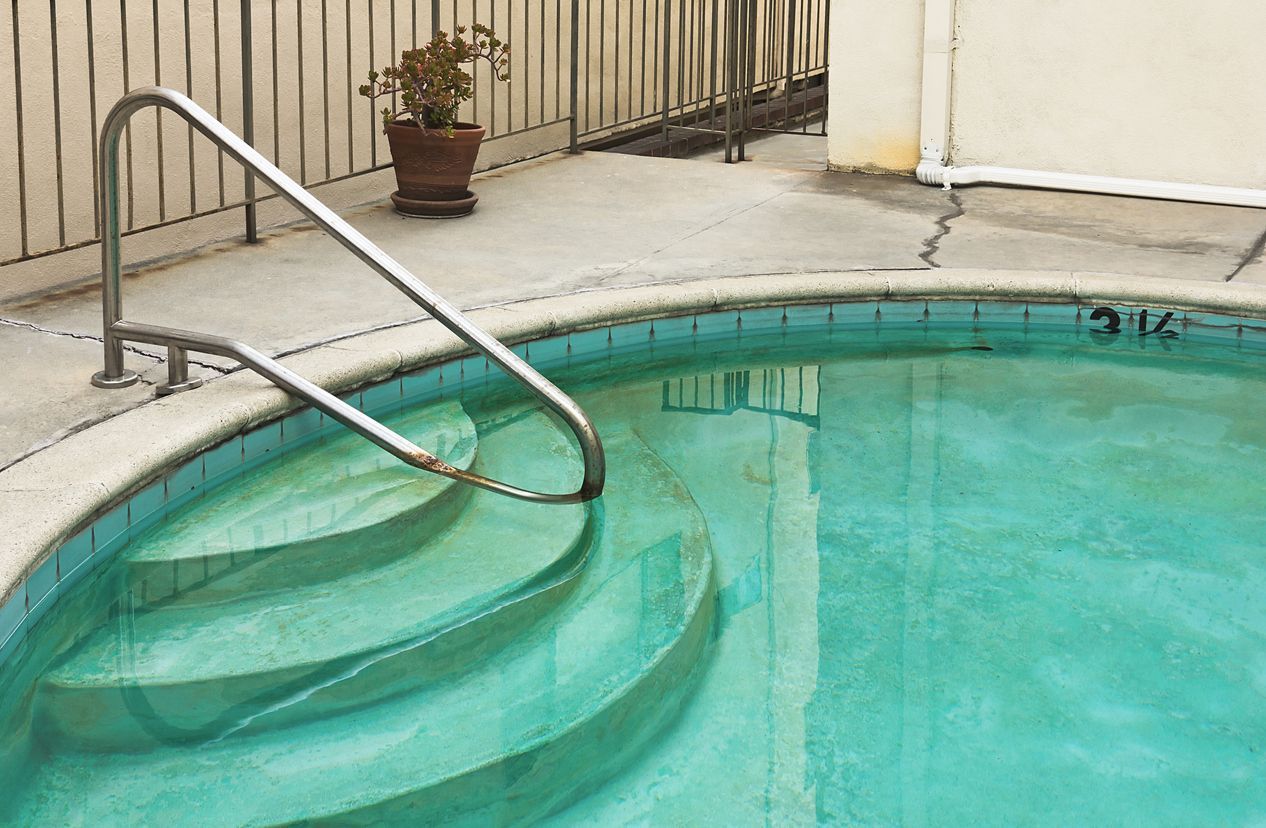5 Pool Maintenance Tips to Remember this Season
As most homeowners will tell you, summers in Texas are a wonderful time to spend outside and enjoy the beautiful weather with friends and family. With average temperatures reaching upwards of 82°F, most of that time can be found spent together around the pool. From hosting weekend parties to relaxing in the water during hot afternoons, inground pools have become a place for many to enjoy. However, by investing in a pool, you automatically sign up for the work involved in upkeeping and maintaining it. And, if your inground pool isn’t routinely looked after, your backyard oasis can become a breeding ground for algae and dirty water, as well as create an unappealing, dirty space.

Therefore, as an inground pool owner, it’s vital to protect your pool and maintain it so it lasts for years to come. Here are five maintenance tips to remember for both first-time and long-term pool owners:
- Pool Skimming & Washing:
Skimming any leaves, bugs, and debris off the top of your pool’s water is essential to keeping your pool clean. However, the top of your pool isn’t the only area you should be worried about. If left unchecked, the bottom of your pool can also be filled with dirt and other foreign objects that have accumulated, causing algae and bacteria growth. Plus, the hardscaping around your pool should also be power washed to rid any embedded dirt or debris from the surface.
2. Clean Out the Filter System:
Your pool’s filter system keeps unwanted impurities away from your water, like dirt, leaves, and debris. But over time, your filter will get full and should be emptied and cleaned at least once a week. It’s also important to perform backwashing services at least once a month, which means running your water pipes to rid your filters of waste until clear water comes through.
3. Maintain Consistent Water & Chemical Levels:
Pools require a delicate balance of chlorine to water. So, if you want to keep your pool safe and clean, your pool water’s pH level should be between 7.4 to 7.7. If the pH balance is too high, your pool can cause irritation to the skin and eyes. And, if the balance is too low, you can expect bacteria to grow and build up. In order to determine if your pool’s pH level is in the right range, we recommend that you purchase a testing kit and test your water at least four hours after use.
4. Shock Your Pool:
After a lot of use, the water in your pool will start to accumulate with a wide variety of bacteria and chemicals that small levels of chlorine cannot clean. If this happens, you’ll need to shock your pool. The process of shocking a pool begins with increasing the amount of chlorine in your system by three to five times. After the chlorine runs through your system, you can return the chlorine levels back to normal, but we recommend that you avoid swimming up to 24 hours after the shock. You should shock your pool at least two to three times throughout the season.
5. Schedule Annual Service:
To keep your pool in tip-top shape, it’s imperative that you turn to an expert on pool systems, like Nelson Pools. By getting an extra set of eyes on your pool equipment, pumps, filters, and pH levels, you can ensure you’ll be saved from further issues in the long run.
Reach Out to Us for Specialized Pool Services
While pool maintenance does require a fair amount of work, it’s important to ensure your pool is safe and beautiful throughout the season. By setting a regular pool routine and following our inground pool maintenance tips, you’ll be able to enjoy your time poolside with more peace and mind and assurance.
If you’re considering adding a custom pool to your outdoor space or you’d like to schedule a pool service, feel free to contact Nelson Pools today! Our seasoned and skilled swimming pool contractors are proud to serve homeowners throughout Houston, Texas; Humble, Texas; Jersey Village, Texas; League City, Texas; Huntsville, Texas; Mont Belvieu, Texas; Porter, Texas; Conroe, Texas; Kingwood, Texas; Spring, Texas; the surrounding Montgomery County, Texas areas.

